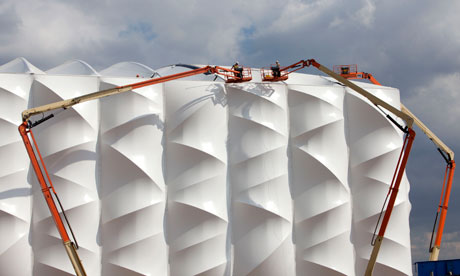See a list of press and links for the Cocktail Culture:Ritual and Invention in American Fashion, 1920-1980 exhibition at RISD (open until July 31).
A Spirited Celebration of America’s ‘Cocktail Culture’ by Jacki Lyden NPR Weekend Edition Sunday
Highballs and High Art by Stephen Heyman for the New York Times Style Magazine
‘Cocktail Culture’ Toasts an Era of Elegance: RISD Museum of Art Show Concocts a Heady Mix by Sebastian Smee for the Boston Sunday Globe
High Society: Toasting Fashions of the Cocktail Hour by Tina Sutton for the Boston Globe Sunday Magazine
Fashion Intoxication: Vintage Dior Chanel and Party Decor at RISD Museum’s “Cocktail Culture” Exhibit by Casey Nilsson for Boston’s Blast Magazine
Comments Off on Cocktail Culture in the Press








